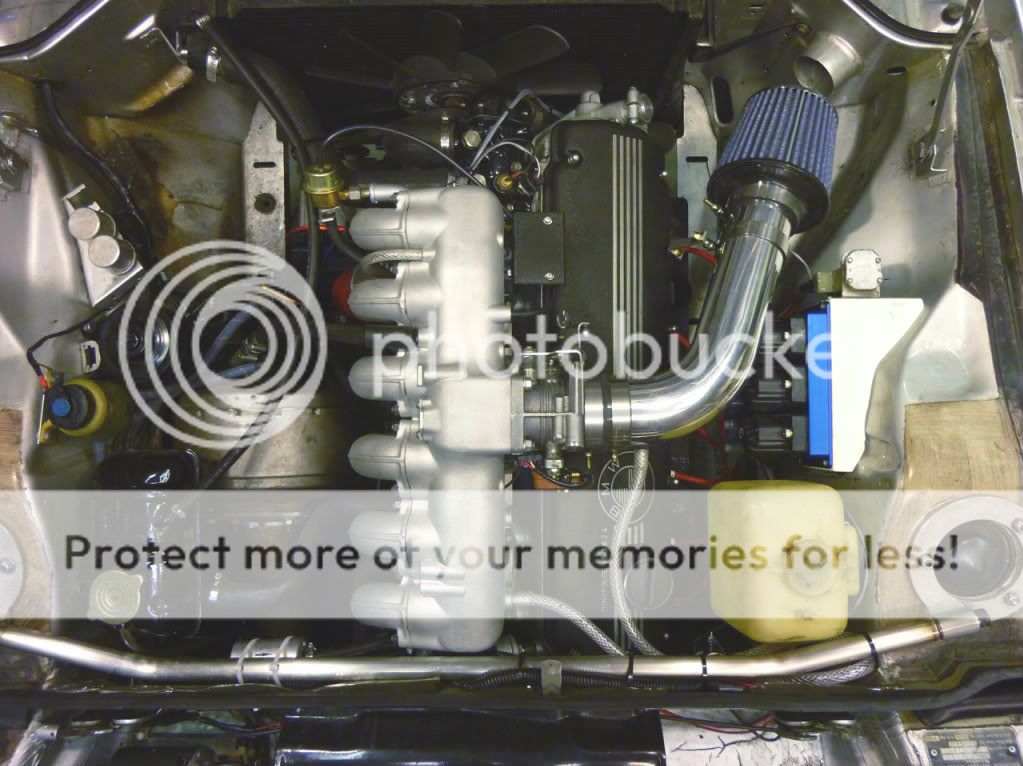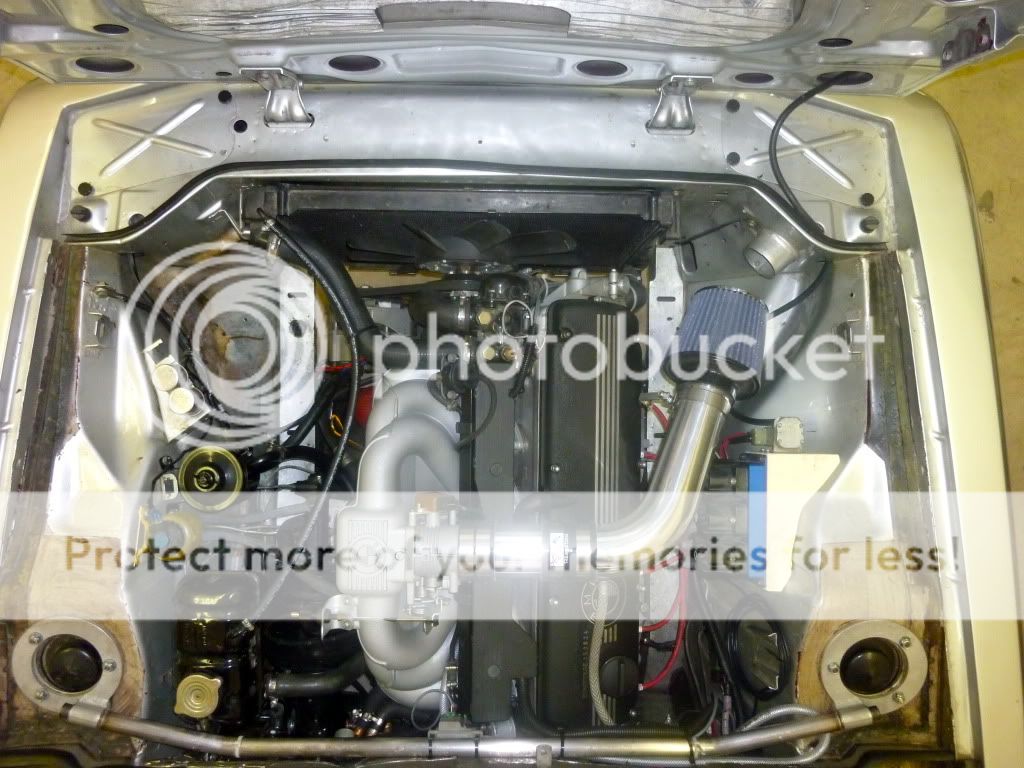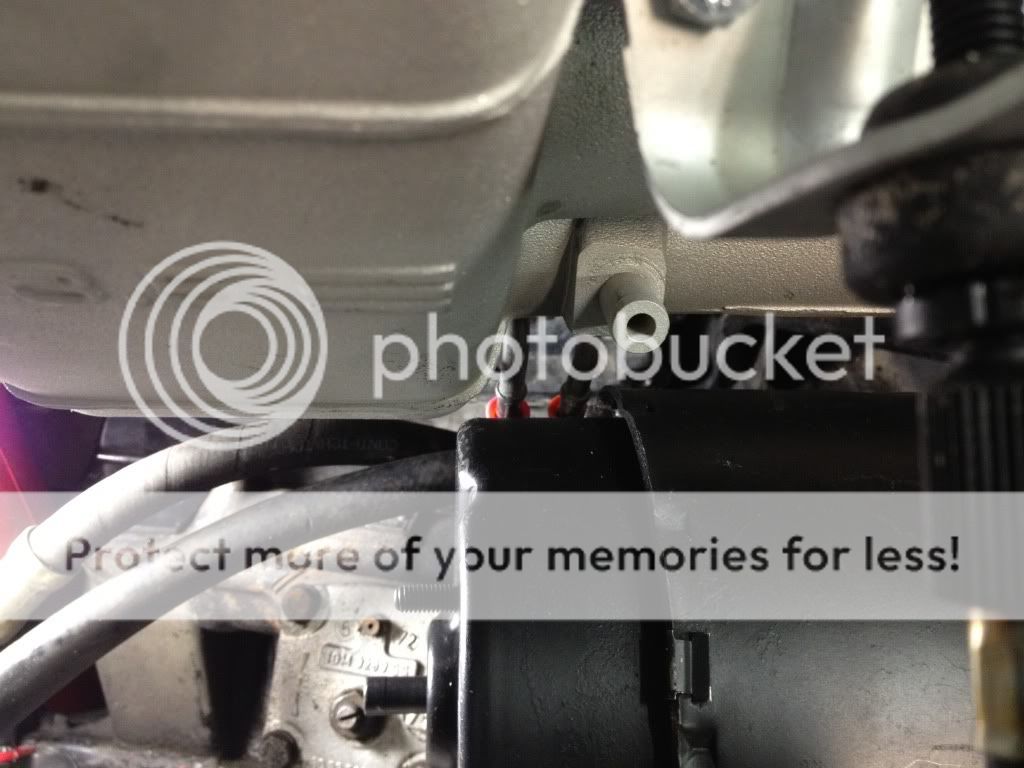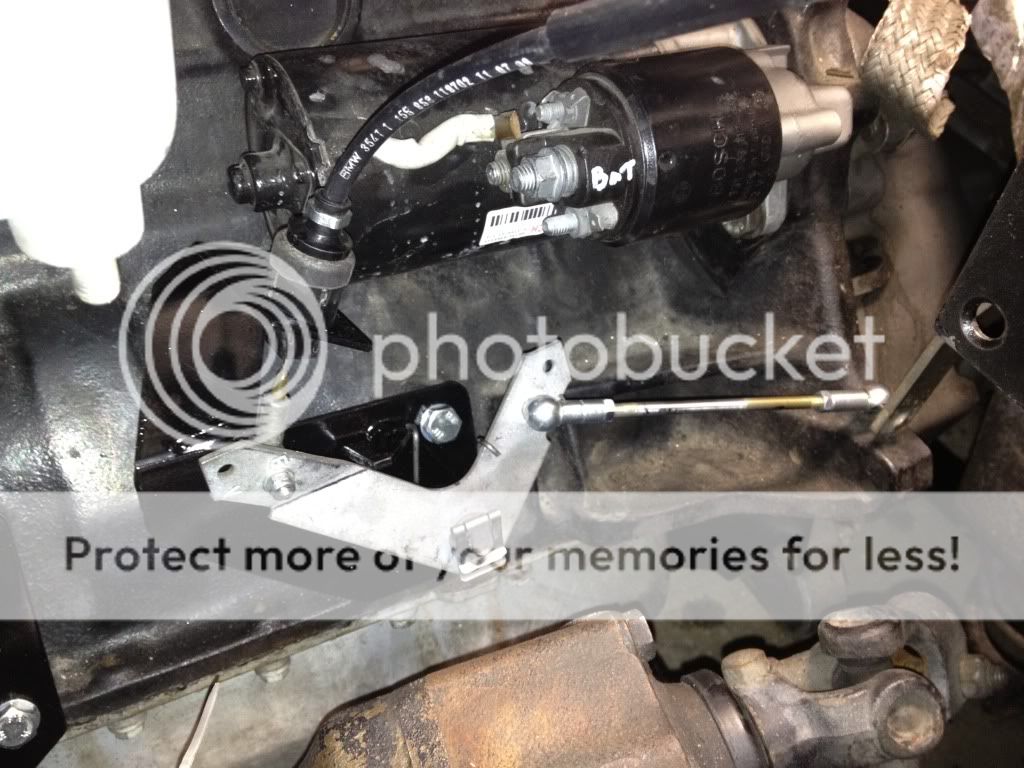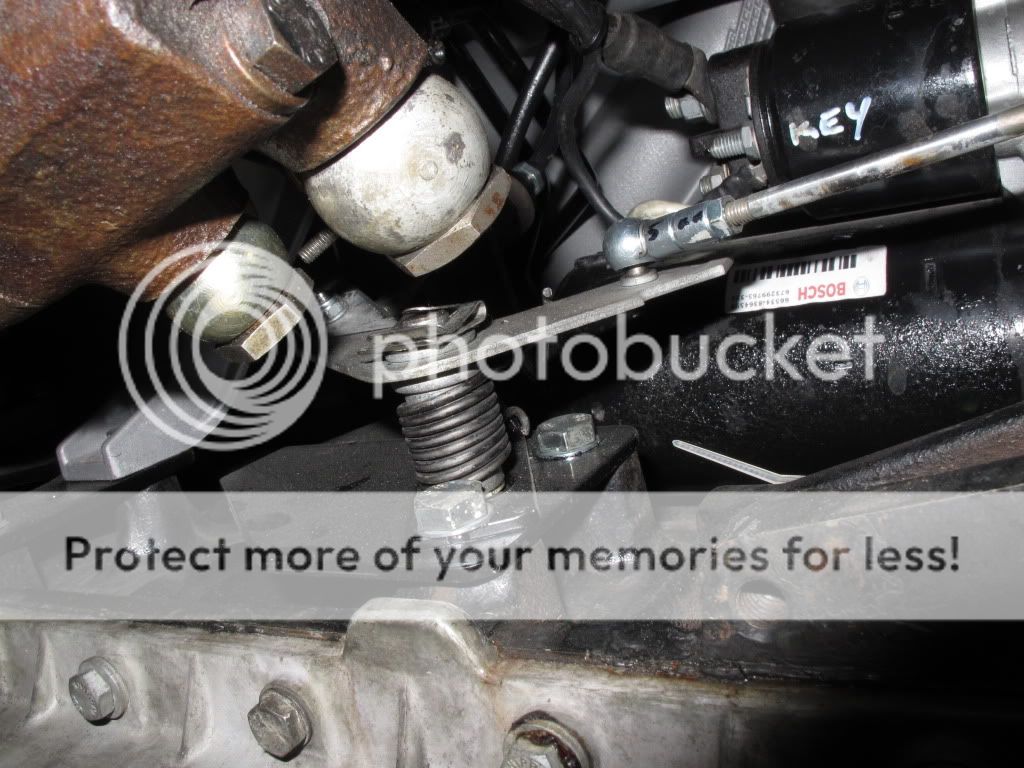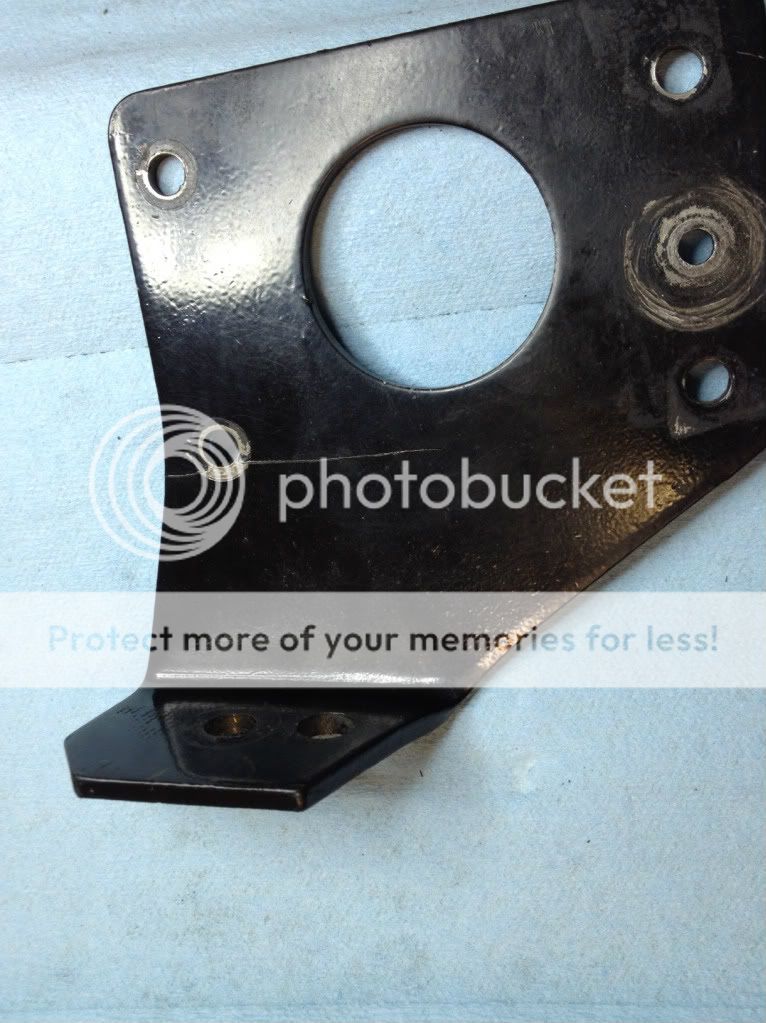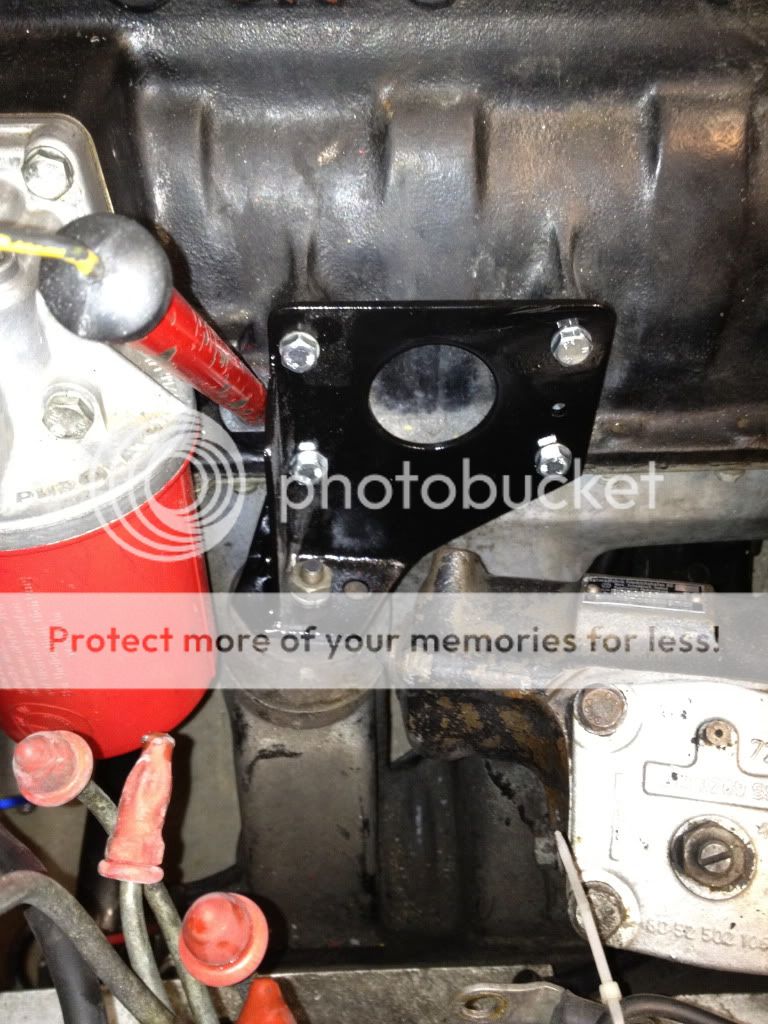decoupe
(deceased)
I've started the conversion to a e32 735i B35 intake manifold/fuel rail from an early 80's L jet - everything run by an after market engine management system. Having pulled the L Jet set up last night I have some observations, comments and inevitably questions.
First off, the cylinder head is an AMC (were these ever used as OEM on any 3.5 litre BMW's?) with intake ports considerably larger than the L Jet or the B35 ports. The PO had a very nice twin Weber 38/38 downdraft carb set up on it when I bought it and possibly they have been ported but there is no machining grinding marks so I don't think so.
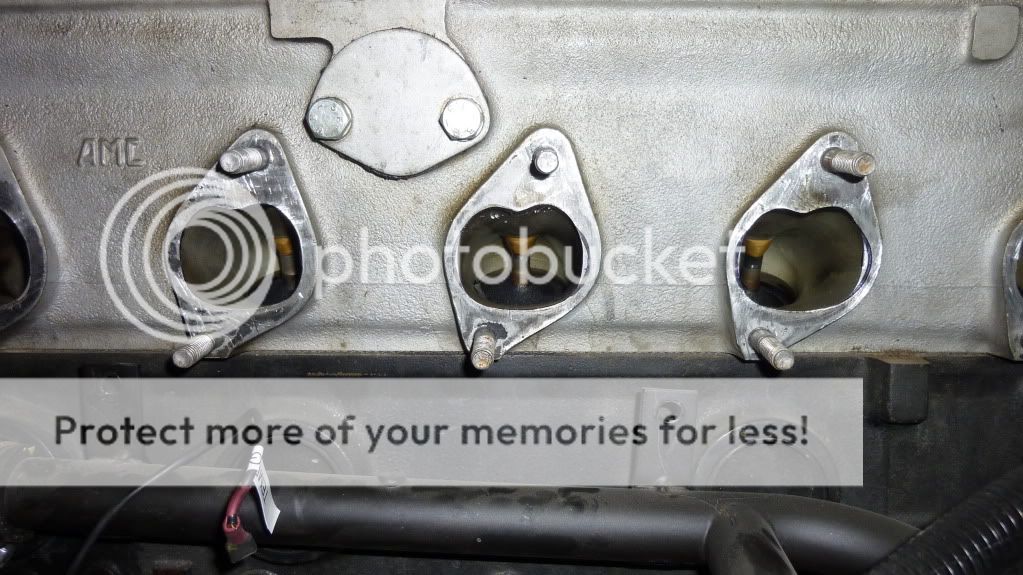
Comparing the ports of the L Jet and the B35 intake shows about a 15 - 20% larger cross section on the B35 but the AMC intake port is probably another 10-15% larger still. The second picture shows the relative size using the gaskets as templates next to the AMC port.
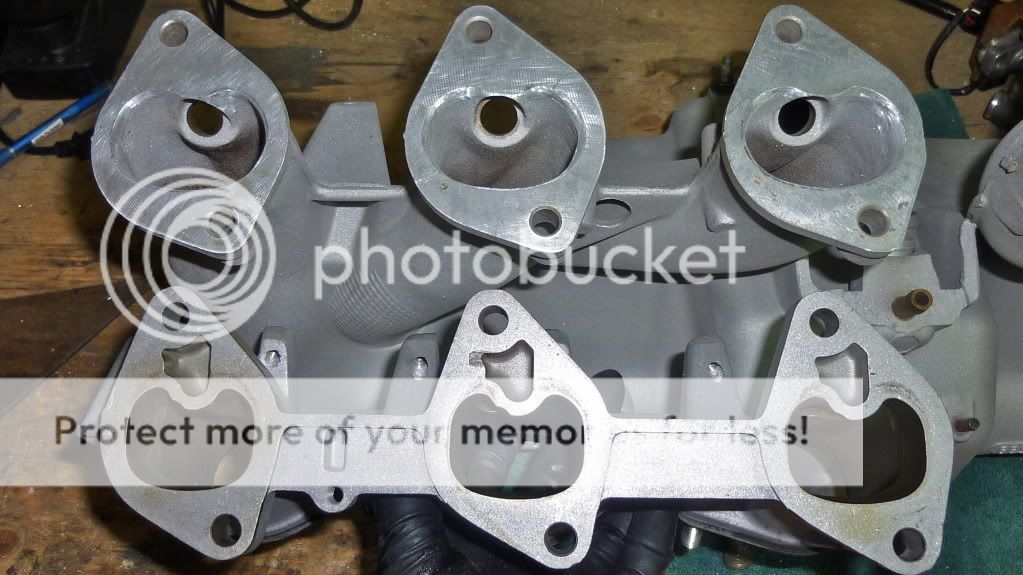
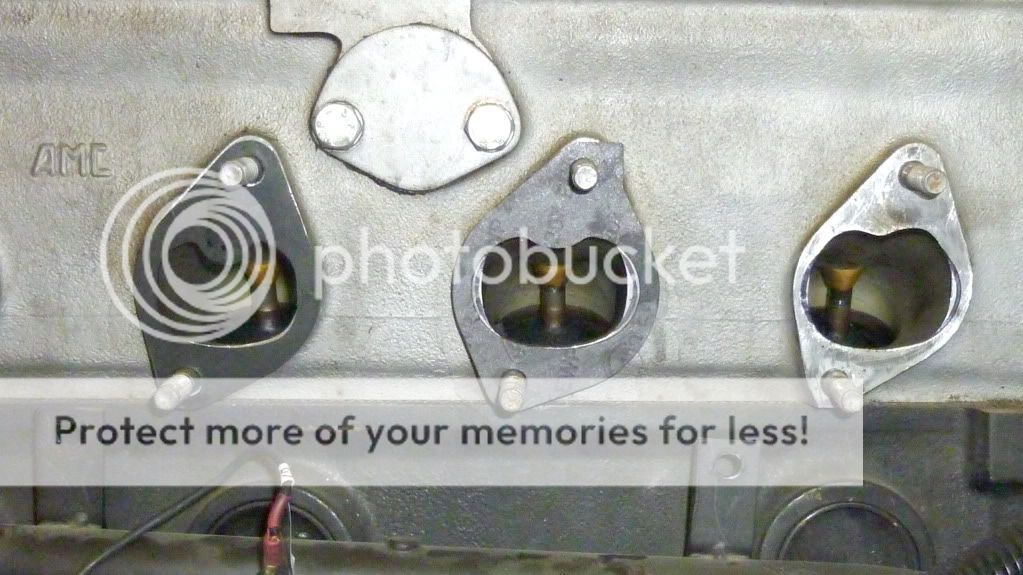
When I cleaned up the B35 manifold I scribed the outline of the gasket on the flange and ground the flange to match for a smooth air path. I put the same gasket on the AMC head and marked the sides where the inlet is inside the gasket and will grind them as well. The picture below shows this area.
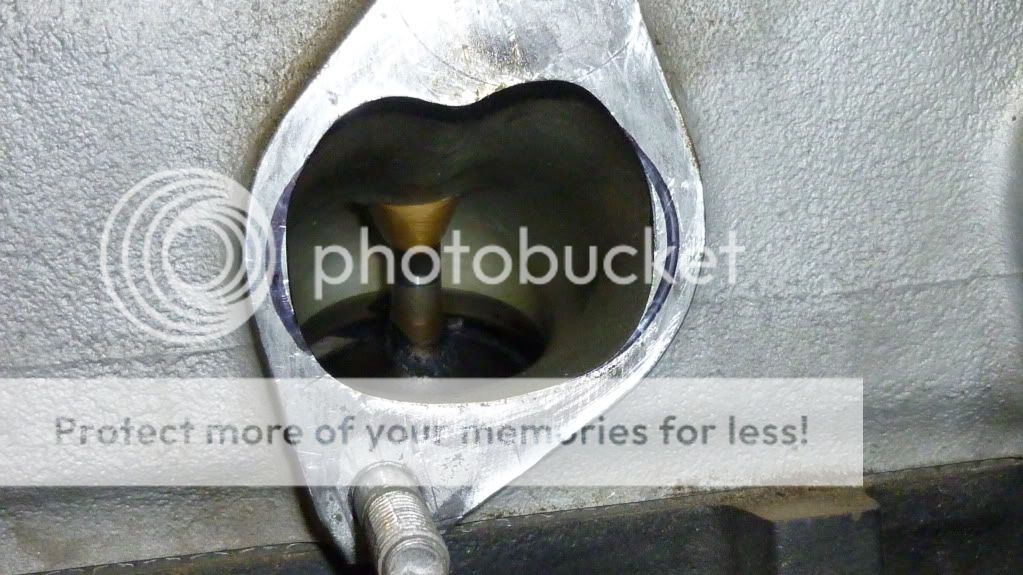
All of this is interesting and pretty straight forward, but because the AMC port is significantly taller, the lip of the injector port and the gasket of the B35 port relative to the AMC inlet could be relieved to bring the air/fuel mix closer to the roof of the intake (which has a ridge that runs to the valve stem). Is this a good thing to do? As it is the stream of fuel will be closer to the centre of the AMC port. Trimming the B35 outlet will tend to raise it. The pictures below show the extent of the manifold that would get ground back effectively raising the airstream in the AMC port (I think).
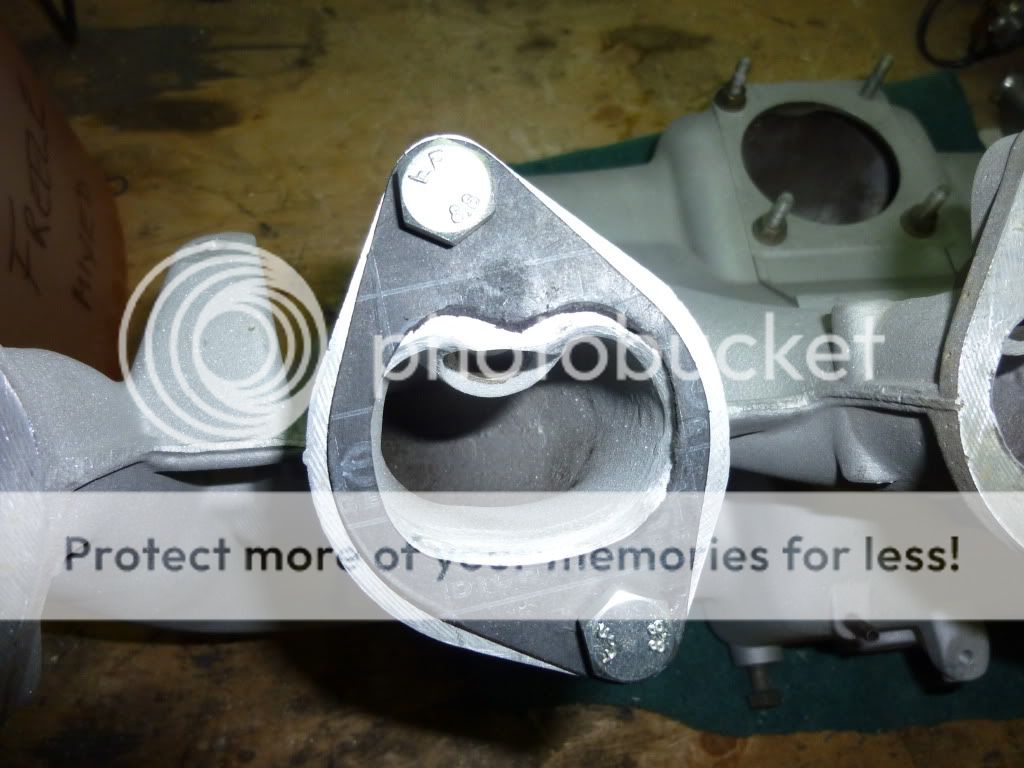
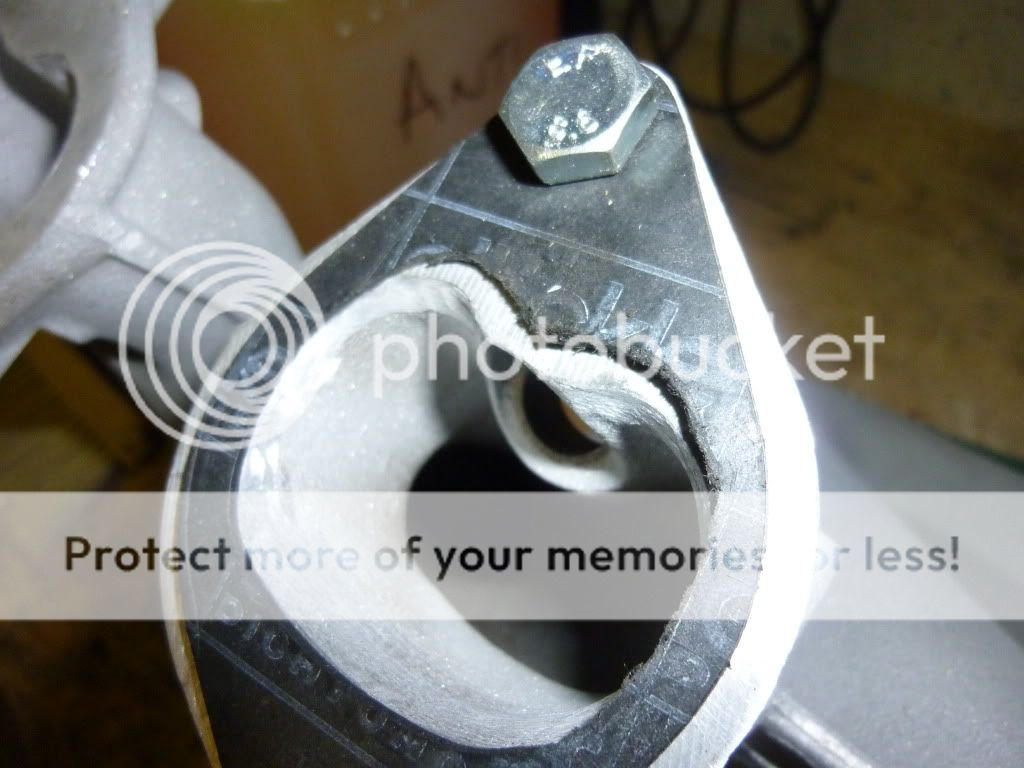
So, I'm new at this porting business and I'm assuming that improving the flow of air is desirable. I'm not trying to increase the volume, just smooth out the path the air follows. Should I grind back the upper lip? Is it better to keep the fuel stream closer to the centre?
One thing I will be able to contribute is the relative out put of the weber downdrafts to L Jet to L Jet with e21 runners to B35 manifold using the same dyno machine - all else being equal with the engine. In case that is of interest to anyone, that is.
Thanks,
Doug
First off, the cylinder head is an AMC (were these ever used as OEM on any 3.5 litre BMW's?) with intake ports considerably larger than the L Jet or the B35 ports. The PO had a very nice twin Weber 38/38 downdraft carb set up on it when I bought it and possibly they have been ported but there is no machining grinding marks so I don't think so.

Comparing the ports of the L Jet and the B35 intake shows about a 15 - 20% larger cross section on the B35 but the AMC intake port is probably another 10-15% larger still. The second picture shows the relative size using the gaskets as templates next to the AMC port.


When I cleaned up the B35 manifold I scribed the outline of the gasket on the flange and ground the flange to match for a smooth air path. I put the same gasket on the AMC head and marked the sides where the inlet is inside the gasket and will grind them as well. The picture below shows this area.

All of this is interesting and pretty straight forward, but because the AMC port is significantly taller, the lip of the injector port and the gasket of the B35 port relative to the AMC inlet could be relieved to bring the air/fuel mix closer to the roof of the intake (which has a ridge that runs to the valve stem). Is this a good thing to do? As it is the stream of fuel will be closer to the centre of the AMC port. Trimming the B35 outlet will tend to raise it. The pictures below show the extent of the manifold that would get ground back effectively raising the airstream in the AMC port (I think).


So, I'm new at this porting business and I'm assuming that improving the flow of air is desirable. I'm not trying to increase the volume, just smooth out the path the air follows. Should I grind back the upper lip? Is it better to keep the fuel stream closer to the centre?
One thing I will be able to contribute is the relative out put of the weber downdrafts to L Jet to L Jet with e21 runners to B35 manifold using the same dyno machine - all else being equal with the engine. In case that is of interest to anyone, that is.
Thanks,
Doug
Last edited:

